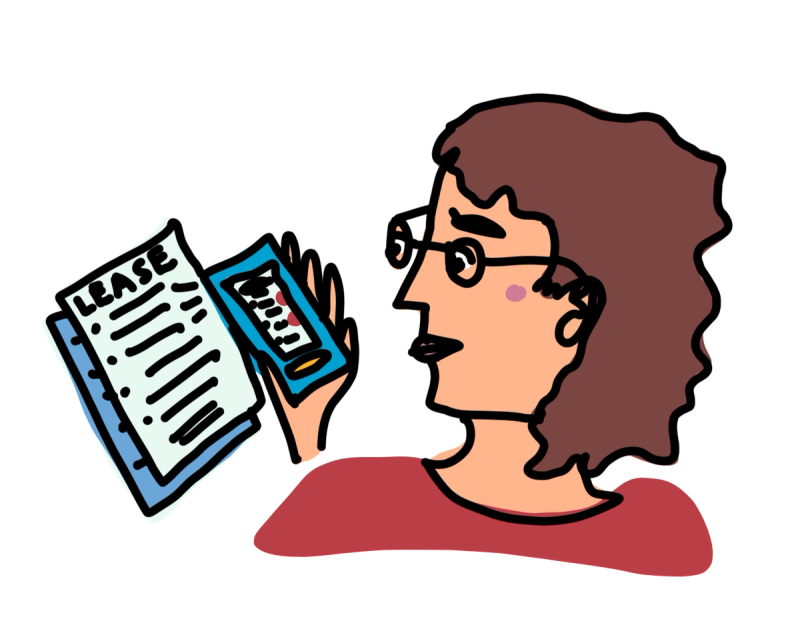Lease Analyzer for Tenants

An AI-powered tool that helps tenants review residential leases before signing—spotting harmful or unenforceable clauses, translating legalese, and helping them make informed choices.
Project Description
Leases are the starting point of landlord-tenant relationships—yet most tenants sign them without fully understanding the implications.
After signing a lease, many tenants wonder:
- What did I just sign?
- Did I really agree to pay these extra penalties?
- What does this mean if I need to leave early and break my lease?
- What happens if I need to ask for a change or repair?
- Will I get my security deposit back?
- Can my landlord evict me, and for what reason?
Most leases come from landlords or their attorneys, and many tenants don't have the expertise or time to review them before signing them. Down the road, they may also not know how to interpret the lease's clauses, to figure out how they apply to a question or problem they're dealing with.
Some researchers have found that the majority of private leases in some metro areas, especially those from standardized form providers, contain unenforceable or coercive terms.
These concerning lease terms include
- Exculpations of landlord liability, in which the landlord tries to disclaim any liability for negligence, and then the tenant can't raise claims about this;
- Waiver of Notice clauses, in which a tenant waives the 15-30 day 'notice period' before a landlord can file a lawsuit against them to evict them,
- As-is clauses, in which the thenant waives the right to safe, habitable living conditions,
- Penalty clauses, that put high rates and penalties (like a multiple of the rent) for staying over the tenancy period,
- Bans on common behaviors.
Hoffman and Strezhnev's dataset of over 170,000 leases from Philadelphia shows that these harmful patterns are widespread and worsening, especially with the rise of internet-distributed form contracts.
This project proposes an AI Lease Analyzer that tenants can use before signing a lease—or after, as they face issues in their tenancy. The tool would:
- Scan and analyze lease documents using NLP and legal pattern recognition.
- Highlight concerning clauses, such as waivers of habitability, no-fault eviction addenda, or illegal fee demands.
- Explain legal implications in plain language and in multiple languages, tailored to user reading level and jurisdiction.
- Provide scenario-based guidance to help tenants understand how a clause could affect them if disputes arise.
- Suggest talking points or edits that tenants can propose in negotiation.
- Link to local resources, such as tenant unions, legal aid organizations, or housing counselors.
This AI tool draws on real-world legal research and data, such as Hoffman and Strezhnev’s lease dataset and findings, and builds on recent patterns seen among Reddit users and others using LLMs to analyze business contracts, licensing terms, and landlord communications. The demand is already visible: people are independently using ChatGPT to “pre-screen” leases. But without tailored legal risk analysis or jurisdictional nuance, current tools often fall short.
By institutionalizing a lease analyzer, we can empower legal services, housing clinics, and tenant-facing apps to help people before eviction or habitability risks escalate. Legal aid orgs could integrate this tool into intake to identify problematic leases. Clinics could use it to flag systemic bad actors or forms. And tenants would finally get the knowledge advantage long enjoyed by landlords.
The tool also offers an opportunity to study and evaluate what kinds of lease terms most often correlate with eviction, disputes, or tenant hardship—contributing back to the policy conversation about standardization, form provider accountability, and lease reform.